ThermAvant Tech Collaborates With Southwest Advanced Prototyping Hub on “Multi-MHz, High Density, Ultra-fast RADAR Power Converter Development” Funded Through CHIPS and Science Act
October 1, 2024 | COLUMBIA, MISSOURI — ThermAvant Technologies is pleased to announce its participation in a collaborative project with Arizona State University (ASU), Sandia National Laboratories, Infineon, and Lockheed Martin. The project will focus on advancing radar power systems in critical defense applications by developing a multi-megahertz, multi-kilowatt, high-density ultra-fast radar power converter.
The converter, which serves as the core of advanced radar systems, will utilize gallium nitride-based switching devices to deliver six times higher power density, 50% lower power losses, and ultra-fast response times. This advancement is expected to significantly improve the performance of radar systems in defense applications.
This project is part of a broader national initiative to enhance the United States' semiconductor and defense capabilities. It is one of five key projects led by the Southwest Advanced Prototyping Hub (SWAP Hub) at Arizona State University, funded through the CHIPS and Science Act. The SWAP Hub aims to bolster national security by advancing critical microelectronics technologies and reducing dependency on foreign sources. ThermAvant's role in developing next-generation radar power converters is integral to this larger effort to modernize and secure U.S. defense infrastructure.
---
ABOUT THERMAVANT TECHNOLOGIES
ThermAvant Tech is the world’s leading oscillating heat pipe (OHP) technology developer and product manufacturer. We embed the OHP technology into materials to maximize thermal-mechanical performance and minimize Size, Weight, Power plus Cost (SWaP-C). Technology firms and U.S. agencies use our OHPs to deliver more power in smaller packages without temperature constraints imposed by status quo heat transfer solutions. For more information, visit thermavant.com.

